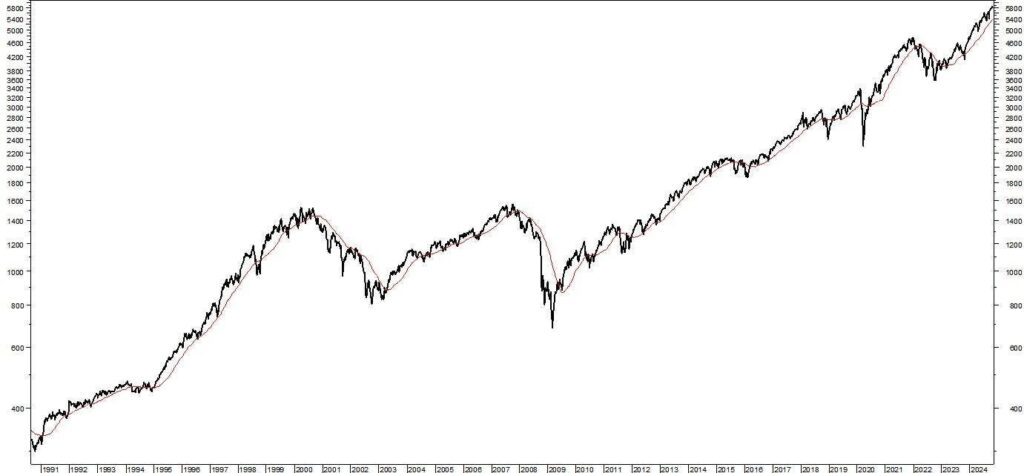Investors’ Borrowing Trends Amid High Interest Rates
The dynamics of investment markets are often significantly influenced by the availability and expansion of credit. Historical patterns reveal that multi-year bull markets across various asset classes are typically driven by an increase in borrowing. Currently, even in the face of overpriced equity valuations and soaring interest rates—particularly a Broker Call Rate of 6.75%—investors in the stock market are showing resilience. Notably, there has been a staggering 34% increase in the use of margin credit among stock investors, emphasizing an unwavering confidence in U.S. equities despite the high cost of borrowing.
Understanding the mechanism of margin trading is essential to grasp these trends. Margin loans allow investors to leverage their brokerage account assets, enabling them to access equity and buy additional stocks without needing to deposit further funds. This strategy is especially appealing for aggressive investors seeking higher returns from investment in larger, more stable companies, where liquidity is generally more favorable than in smaller firms. The practice of using margins can amplify potential rewards alongside associated risks, making it a double-edged sword for investors.
Examining historical patterns, there is a notable relationship between margin trading and stock market cycles. During bear markets, such as those seen in 2000-2002 and 2008-2009, outstanding margin credit tends to contract sharply, reflecting a decrease in investor confidence and a retreat from borrowing. Conversely, following these downturns, rapid expansions of credit have historically paved the way for new bull markets. The recent market correction in 2022, caused by rate hikes aimed at curbing inflation, similarly saw traders pay down their debts. However, a significant shift occurred in early 2023, with margin credit expanding at a swift pace, propelling the stock market to new heights.
As an investor and historian, I evaluate various indicators to navigate the complexities of stocks, bonds, real estate, and commodities. Although no single indicator can provide a definitive forecast for market trajectories, the willingness of investors to borrow money for investment serves as a reliable gauge of market sentiment and confidence. Notably, increased borrowing signifies that investors are willing to take risks, suggesting a bullish outlook on future market conditions.
This phenomenon underscores the adage that "trend is your friend." It highlights the importance of observing investor behaviors and market cycles to inform investment strategies. The current inclination toward borrowing despite high interest rates illustrates the conviction that exists among investors in the U.S. equities market. For market participants, recognizing the interplay between borrowing trends and market confidence is crucial, as it can inform positioning and strategies amidst the ongoing fluctuations of the financial landscape.
In conclusion, the dynamics surrounding margin credit usage amidst rising interest rates paint a compelling picture of investor confidence in the U.S. equities market. The continuation of bull market cycles often hinges on the expansion of credit, and current trends reveal that investors remain undeterred in their pursuit of returns. Understanding the mechanisms of margin trading and monitoring investor sentiment can thus provide valuable insights as the market evolves, underscoring the principle that trends can significantly influence investment strategies and outcomes moving forward.

